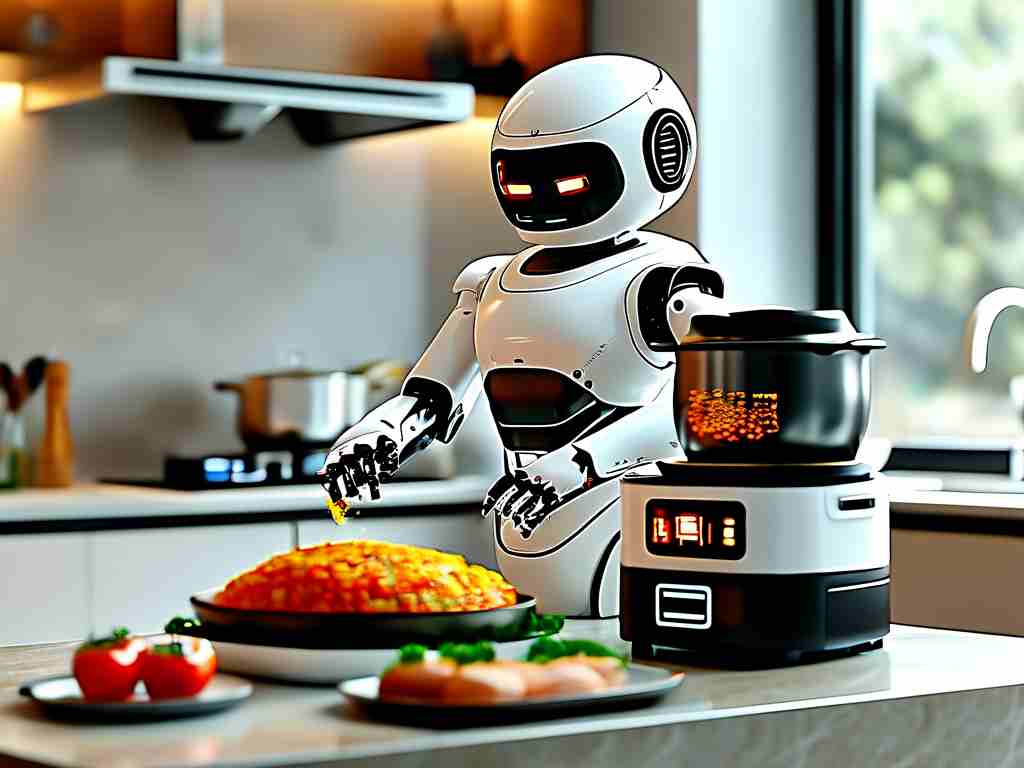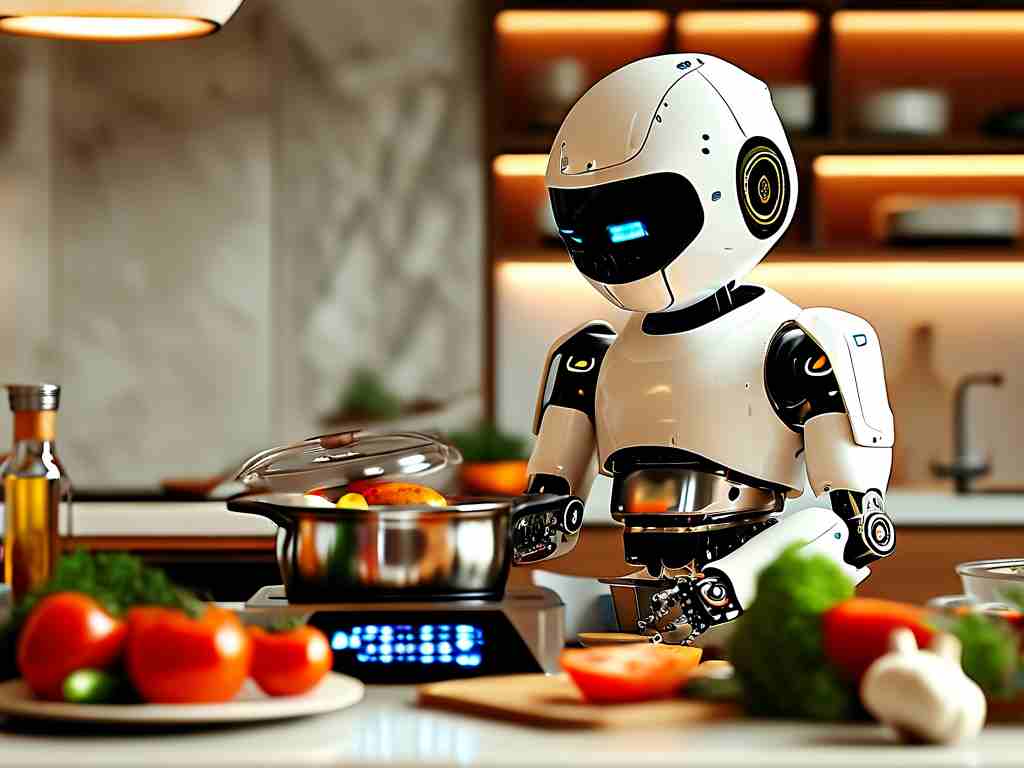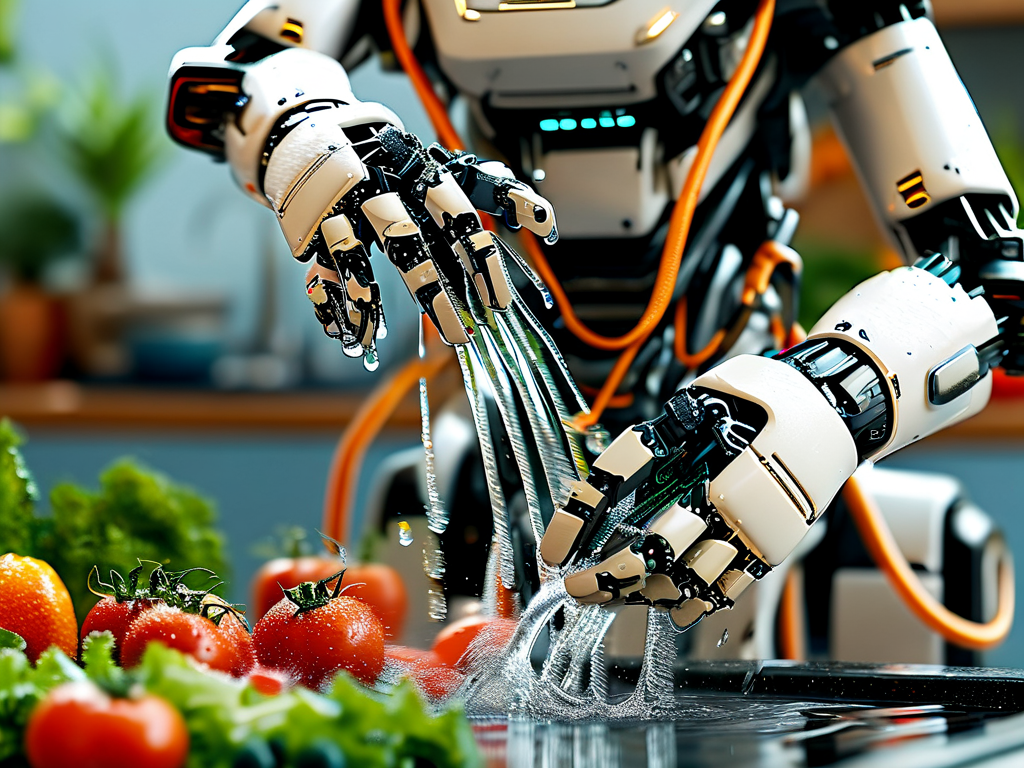The integration of robotic technology into culinary practices is reshaping how meals are prepared in homes and commercial kitchens. This innovation combines precision engineering, artificial intelligence, and advanced sensor systems to automate cooking processes while maintaining the artistry of food preparation.

Core Technologies Behind Automated Cooking
Modern cooking robots rely on three foundational technologies: adaptive machine learning algorithms, multi-axis robotic arms, and thermal management systems. Machine learning enables these devices to analyze recipes, adjust cooking parameters based on ingredient quality, and even mimic professional chefs' techniques through motion capture data. The robotic arms, equipped with specialized utensils, replicate human wrist flexibility with 0.1mm precision, allowing tasks ranging from delicate sauce stirring to precise vegetable dicing.
Thermal control systems represent a critical breakthrough, with infrared sensors and induction heating modules maintaining exact temperature ranges. For instance, Moley Robotics' flagship model can simultaneously manage six cooking zones at different temperatures, achieving consistent results comparable to Michelin-starred chefs.
Commercial Adoption and Consumer Benefits
Restaurants and food chains are increasingly adopting robotic cooking systems to address labor shortages and ensure consistency. Chowbotics' salad-preparation robots, deployed in over 300 locations worldwide, demonstrate how automation reduces food waste by 22% through precise ingredient measurement. Home users benefit from time-saving features – the Rotimatic robotic kitchen assistant produces 120 flatbreads per hour with customizable thickness and crispness.
Health-conscious consumers appreciate the nutritional tracking capabilities embedded in these systems. BRAVA's smart oven, when paired with meal kits, automatically adjusts cooking methods to preserve up to 40% more vitamins compared to conventional ovens.
Technical Challenges and Future Developments
Despite advancements, engineers face hurdles in replicating complex culinary techniques. The "flipping test" – mastering the perfect pancake toss – took researchers at the University of Cambridge three years to perfect through iterative machine learning models. Current prototypes like MIT's Spyce Kitchen 2.0 are tackling texture management, using real-time viscosity sensors to adjust stir-fry motions.
Upcoming innovations focus on cross-functional integration. Whisk's AI recipe platform now connects with Samsung Family Hub refrigerators, enabling automatic ingredient inventory checks and meal planning. Experimental models are exploring 3D food printing – Natural Machines' Foodini prototype can assemble layered desserts with micron-level precision.
Ethical Considerations and Workforce Impact
The rise of cooking robots sparks debates about cultural preservation and employment. While UNESCO recognizes Japanese robotic sushi masters as intangible cultural heritage, critics argue widespread automation could eliminate 18% of food service jobs by 2030. However, new roles are emerging – the Robotic Kitchen Technician certification program at Tokyo Culinary Institute has trained over 1,200 specialists since 2022.
Environmental Implications
Energy-efficient designs are becoming a priority. Thermomix's latest model reduces power consumption by 35% through predictive heating algorithms. Some manufacturers are adopting sustainable materials – Ecovacs' cooking robot uses 78% recycled plastics in its construction.
Consumer Adaptation Trends
Market data reveals generational adoption patterns. A 2023 survey by KitchenTech Insights shows 67% of millennials trust robotic chefs for daily meals, compared to 29% of baby boomers. However, hybrid models gain popularity across demographics – Wolf Gourmet's system allows users to program custom recipes while maintaining manual override capabilities.
As these technologies mature, regulatory frameworks are evolving. The International Cooking Robotics Association (ICRA) recently established safety standards for automated knife systems and thermal cutoff mechanisms. With projected market growth of 19.4% CAGR through 2030, robotic cooking technology is poised to fundamentally transform global food culture while raising important questions about tradition, employment, and technological dependency.



